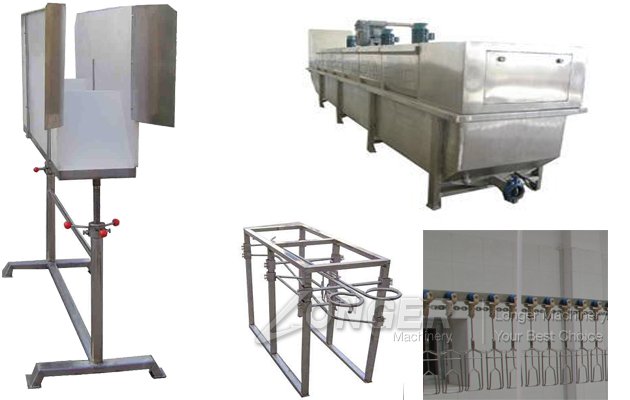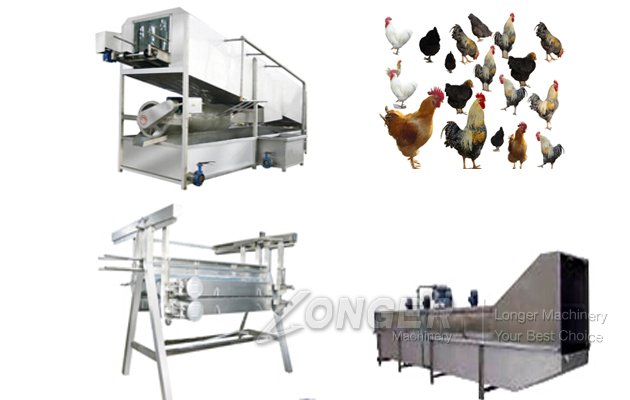
Free trade agreements should make doing business easier but often introduce new complications for firms sourcing and selling in multiple markets. That’s because the free trade agreement will affect only some of its trade with some of it partners, which then requires firms to sort out which product is affected under which agreement in which place, potentially reducing tariffs but adding to the labyrinth of paperwork required to move goods across borders.
A free trade agreement is the shallowest form of international economic integration. Tariffs (taxes) are eliminated on traded goods between the participating countries. Each country continues to pursue its own policies with the rest of the world, so a framework has to be created to determine which goods travel within the free trade area tariff-free and which goods originated outside the region and should face the normal trade barriers each of the trading countries has in place with the outside world.
Products that originate within the region qualify for the tariff reduction. Products that are simply transshipped (China to the United States and then on to Canada) don’t qualify. Which product is which has to be sorted out at each border since each participating nation has separate policies with the rest of the world. The North American Free Trade Agreement (NAFTA) created a free trade area, with Canada, Mexico and the United States each continuing to set its own policies toward trade with nations outside the area. If instead it were a customs union, the next deeper level of economic integration, Canada, Mexico and the United States would all have common external barriers to trade, and once a product entered the region it could be shipped on without further barriers.
Within a free trade agreement, the participating nations have to define what it means to originate within the free trade area. Rules of Origin define what is required to meet the threshold for having been produced within the region, thus qualifying for the tariff reduction. Products with enough Mexican, U.S. and/or Canadian content, including labor, qualify under NAFTA to move tariff free.
For example, a company I worked with that made pet products had two treats that were co-manufactured in the USA and had enough North American content to meet NAFTA rules of origin requirements. But the rest of the treat product line was co-manufactured outside the United States, shipped to the company’s U.S. facility, and then would be shipped on from that facility to Canadian customers. Those products did not meet NAFTA rules of origin requirements. So, filling an order from a Canadian distributor from the U.S. facility would require two sets of paperwork, one for the products that qualified under NAFTA, one for the products that didn’t.
If NAFTA were instead a customs union, the product sourced outside the United States would be treated the same tariff wise at the Mexican, U.S. and Canadian borders. Once in the region, it could move on without facing different barriers from products originating in the region. The European Union and the non-EU nations that participate in its common market are a customs union. Countries looking to meet the trade requirements of one nation are dealing with a set of trade requirements for all of the participating nations. Trade restrictions are set by the European Union and not be the individual nations.
Mexico has many more free trade agreements than the United States. Clearly U.S. trade policy toward Cuba has been very different than the policies Mexico or Canada have in place. Each nation proceeds on its own course for non-NAFTA trade, which means for the foreseeable future U.S. companies will have to sort out, given rules of origin, which products qualify for and which products do not qualify for tariff relief under NAFTA.
Your freight forwarder will generally assist with compliance for these rules, but exporters are always ultimately responsible for accurate reporting. For more information on this topic, visit www.export.gov/FTA/NAFTA and follow the rules of origin link. There is a short video in addition to other resources.










